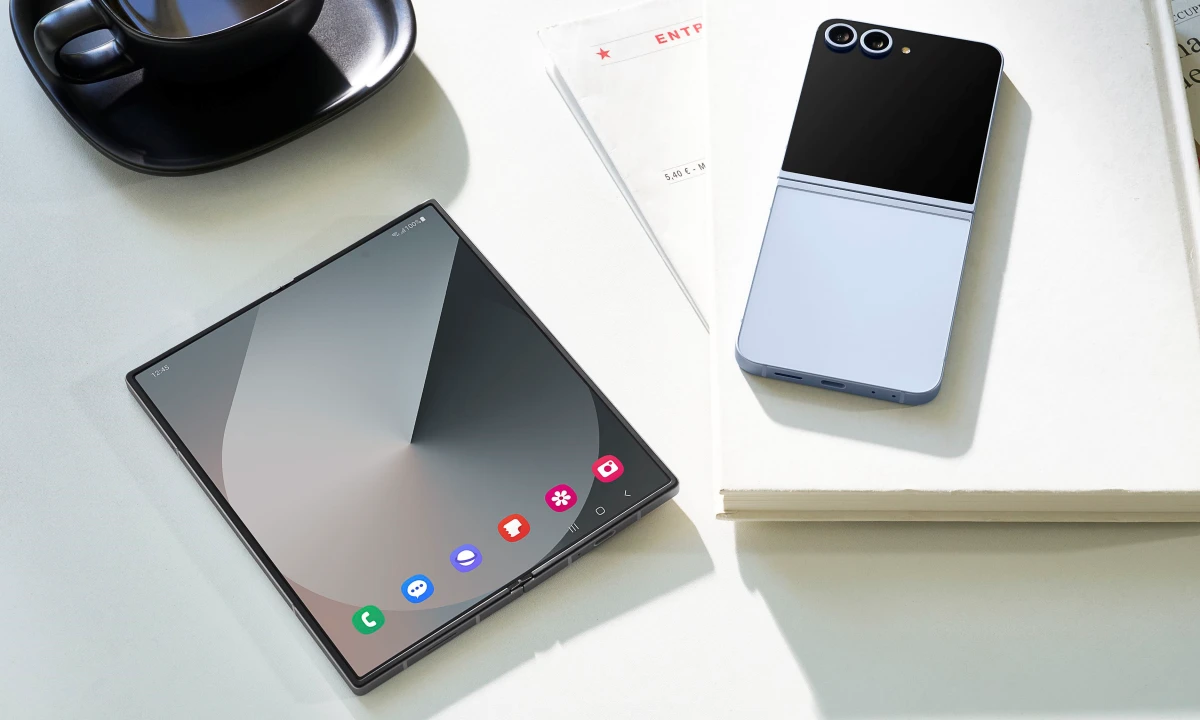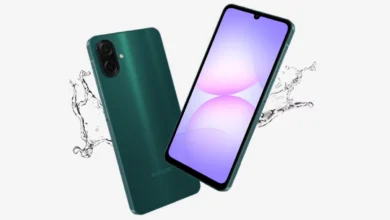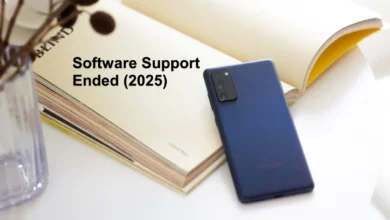
All the manufacturers try hard to make their devices advanced, beneficial, praiseworthy, and capable of outstanding other devices. However, in the process of doing this, some of the times they come up with solutions that users don’t even notice or use. Of course, such overrated features do exist, which are not bad at all but don’t attract users this much towards them. So, let’s know such five overrated smartphone features.
Wireless Charging
Wireless Charging is a scheme that lets users charge their smartphone devices without a wired charger. This feature has been available for a few years. In this method, one needs to put their smartphone in the charging pad, but many times they put it the wrong way, and the phone didn’t charge due to this wrong placement. Besides, this method is also slower than the wired charging method.
Samsung invites iPhone users to try the One UI 5.1 experience: Try Galaxy
Notably, this method has some other lacks as well. For example, it produces extreme amounts of electrical energy and transforms it into heat, which is not good at all for the device. Not only that but in this method, you can not use your phone as you can in the wired charging method. However, Wireless Charging is not that bad but does have some negative consequences with it.
144Hz refresh rate display
The refresh rate of a Display makes the device more reliable and enhances the experience. Currently, we have many refresh rate display options, including 60Hz, 90Hz, and 120Hz. The most advanced 120Hz refresh rate has many advantages, including smoother animations. A 144Hz refresh rate will also be a better option, but users will not notice such a small thing, as 120Hz is also a good option. For a 144Hz Display, the future Galaxy S24 Ultra is said to use it.
Quad HD or higher resolution screen
Quad HD+ resolution Displays are common nowadays, most specifically in premium devices. Now it is a feature that priorly doesn’t affect users, as they won’t notice it often. Informatively, even on a Full HD panel, you can’t notice individual display points. Additionally, a Quad HD or higher resolution also consumes too much energy, which is not really worth it for such a minor improvement.
Extreme High-resolution camera
It is just a stereotype that more pixel count means a better photo, but still, manufacturers love to use high-resolution cameras in their devices. Let us tell you, Megapixel counts only refers to the number of points. Besides, an image captured by larger image sensors such as 108MP or 200MP takes up a lot of space. Besides, it will be best if we use a sensor with large physical dimensions and a lower resolution.
Instead of using a more pixel-count camera, it will be best if the manufacturer uses software that can be helpful in delivering better images.
8K Video Shooter
It has been almost a decade since 4K video recording options start to emerge in smartphones. Now, phones with the ability to record 8K videos are also available on the market. However, 4K videos are also not bad at all and take less storage than 8K videos. Compared to lower resolutions such as 1080p or 720p, 4K and 8K resolutions don’t show too much difference in terms of quality.
The 4K resolution will be a standard option for the highest practical standard for coming several years. Hence, the 8K resolution option is not that usable at all.



